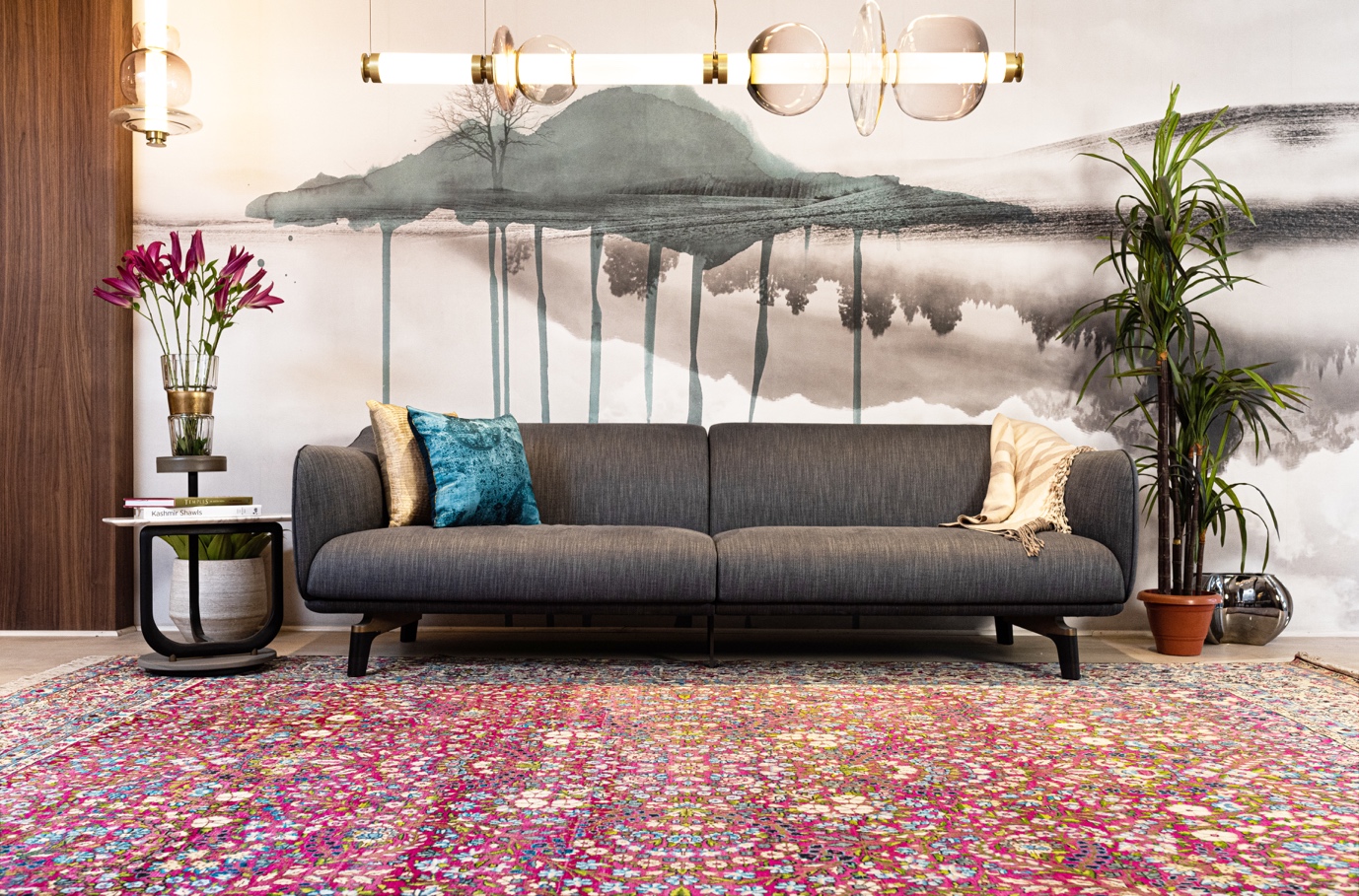Persian rugs are renowned worldwide for their exquisite beauty, intricate designs, and exceptional craftsmanship. These masterpieces have a rich history that dates back thousands of years and hold immense cultural significance for the Persians. From their origins in ancient Persia to their global acclaim today, Persian rugs have become cherished treasures that reflect the artistry, heritage, and traditions of a vibrant culture.
Origins and Ancient Roots
The roots of Persian rugs can be traced back to ancient Persia, present-day Iran. The art of carpet weaving in Persia can be dated back to as early as the Bronze Age, making it one of the world’s oldest known forms of textile art. The nomadic tribes and settled communities of Persia developed their distinct weaving techniques, using locally sourced materials like wool and silk. These early rugs served as practical floor coverings and symbols of wealth, status, and artistic expression.
Artistry and Intricate Designs
One of the defining features of Persian rugs is their intricate designs, which are meticulously handcrafted using a variety of techniques. These designs often incorporate floral patterns, geometric motifs, and intricate medallions, each with its own symbolic meaning. The weavers employ knotting, dyeing, and pile-cutting techniques to create stunning visual effects and textures. The level of detail and precision in these designs is a testament to the skill and artistry of Persian carpet weavers.
Cultural Significance and Symbolism
Persian rugs hold profound cultural significance in Persian society. They are considered integral to a Persian home’s interior design and are passed down through generations as family heirlooms. These rugs are not just objects of beauty but also bearers of cultural identity and heritage. The designs and motifs often reflect elements from Persian mythology, historical events, and religious symbolism, serving as visual narratives of the Persian culture.
Global Influence and Appreciation
Over the centuries, Persian rugs have gained international recognition and admiration. Their exceptional quality and timeless appeal have captivated collectors, connoisseurs, and interior designers around the world. Persian rugs have found their way into palaces, museums, and homes of the elite, spreading the richness of Persian culture far and wide. The demand for Persian rugs remains high, and skilled artisans continue to create masterpieces that blend traditional techniques with contemporary sensibilities.
Preservation and Revival of the Craft
While the art of Persian rug Canada weaving has faced challenges over time, efforts are being made to preserve and revive this ancient craft. Artisans and organizations in Iran are dedicated to training new generations of weavers and safeguarding the traditional techniques and designs. Additionally, initiatives to promote fair trade practices and sustainability in the rug industry have emerged, ensuring that the production of Persian rugs benefits both the artisans and the environment.
Conclusion
Persian rugs stand as remarkable artifacts that reflect the rich history, cultural significance, and artistic brilliance of Persian civilization. They embody the centuries-old traditions of craftsmanship, storytelling, and aesthetic excellence. As we continue to appreciate and admire the beauty of Persian rugs, we honour the legacy of the artisans who have dedicated their lives to preserving this cherished cultural heritage for generations.





